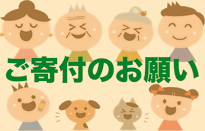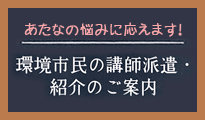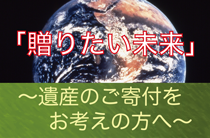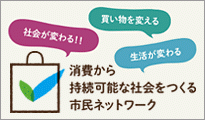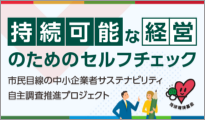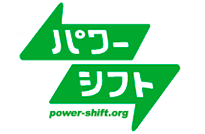21世紀、地球を、地域を、生活を、持続可能な豊かさに
CEF Visits a Bottle-Washing Plant
カテゴリ: CEF English news | 更新日:
Welcome to another instalment of the Citizen’s Environmental Foundation English news!
Now everybody knows about the three Rs of Reduce, Reuse and Recycle, but today I’d like to tell you about a recent trip that we took to a bottle-washing plant here in Kyoto. We went on this field trip to learn more about how glass bottles are reused in Japan, and how we can encourage more reuse in the general population.
But why reuse glass bottles? Isn’t recycling enough? Well, the sad fact is that recycling is often not as ideal as we imagine it is, even with easily meltable glass. Municipalities struggle to pay for the collection and processing of recyclable materials, so while we are imagining our beer bottle being made afresh into new ones, they sometimes just get dumped in landfills as regular garbage.
Manufacturers in Japan take some responsibility for the disposal of their products once they have been sold, but not enough. Although in recent years there has been a push for Extended Producer Responsibility legislation to ensure this responsibility, the industry doesn’t want it and resistance remains high. Thus it falls to municipalities to recycle, or consumers to reduce and reuse.
Fortunately, the private sector has been providing relief for the problem of glass bottles thanks to bottle-washing companies, 40 in total across the country. They collect empty beer and sake bottles from alcohol shops and restaurants, peel the labels, wash the bottles with boiling water and caustic soda, then rinse and dry them. The bottles are then sold back to the manufacturers, relabeled and filled again. These glass bottles can thus be reused about twenty times, giving them the lowest carbon footprint among drink containers (including biodegradable paper and PET plastic, which is just burned after collection).

We went to Yoshikawa Co Ltd., a bottle washer here in Kyoto. They are doing their best to contribute to a green economy. 6-7 million bottles pass through their plant each year and they have set up several energy saving systems, such as solar panels on the roof, and a wastewater recycling system that uses bacteria to break down the effluent, then releases the water into nearby rice fields to feed the crops. However, they have plenty of difficulties because many bottlers joined the International Standards Organization (ISO) and glass bottle are now more strictly regulated. Any cosmetic damage on a bottle means it can’t be reused and must be melted down.
Even though a single scratch means that a bottle can’t be used again, this is still the most environmentally-friendly form of bottled drink. Unfortunately, it is not the most popular. Light PET plastics have exploded in popularity since 1993, the amount of plastic being used rising from 100,000 tons to 600,000 tons in 2011. Even more surprising is that Japanese people bought 3.9 times more bottled tea and 2.8 times more bottled water from 1998 to 2008, when both drinks are readily available at home, unlike Coca-cola etc, which must be bought in bottles.
However, drinking just one PET bottle can really add up over the year. How much? Well, drinking one bottle of Japanese mineral water is equivalent to driving a Prius for 30km every day for a month. That’s 66.8kg of CO2. Imagine the comparative footprint of brewed drinks, or those shipped from abroad!
So it is clear that both as a society and as individuals we must work hard to turn around this trend and support glass. There are several initiatives that NGOs are pushing for at present. One possibility would be the introduction of a bottle deposit system, where bottles can be returned for cash. In Sweden, for example, you can receive ¥12/aluminum can, ¥11/glass bottle, ¥8/small glass bottle, ¥25/big PET bottle and ¥12/small PET bottle. Canada has a similar program, and schoolchildren often collect bottles to raise money for big school projects.
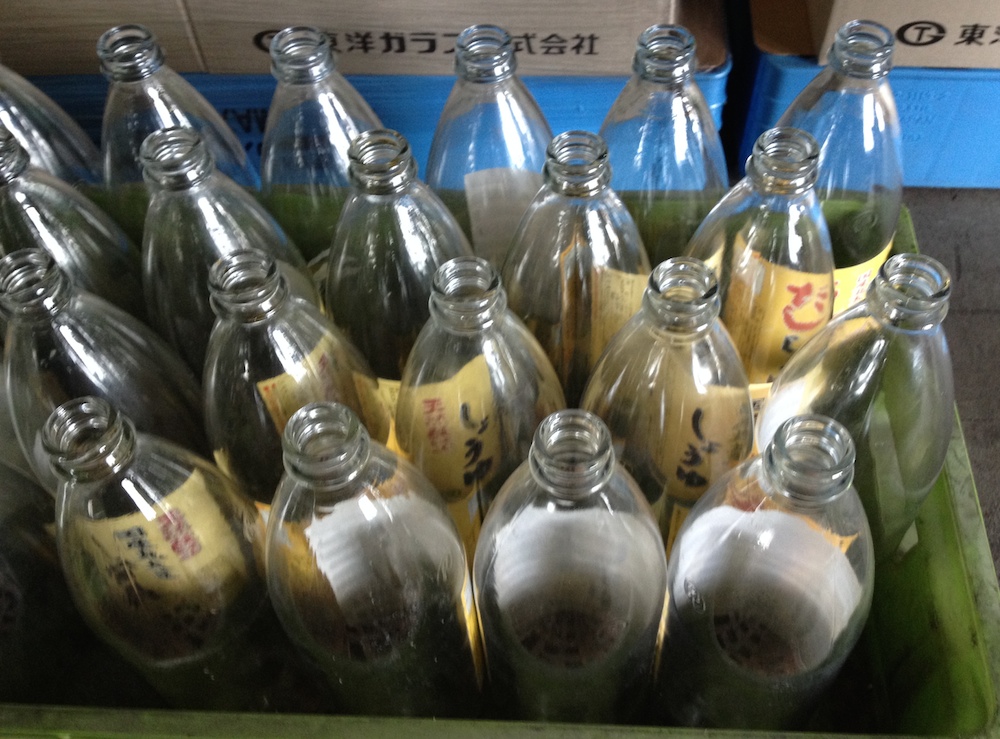
As consumers, we should also be aware that not all bottle types can be reused. Drink makers often change the shapes of their bottles to be distinct for marketing purposes, but that means that they can’t be washed in the same machines. In Japan, most beer bottles can be reused, as can big sake bottles. Look for an “R” symbol, or the kanji 正, meaning “correct”. Glass wine bottles can’t be washed and reused, due to the incredible variation in their shapes.
So in summary:
• enjoy your drinks in reusable glass bottles and take the empties back to the shop
• be careful not to damage them, so they can be reused
• stay away from aluminum cans and PET bottles, which have much larger carbon footprints, as much as possible
• bring your own bottle with homemade drinks
If it all seems like too much trouble, don’t worry. You can always go down to the pub and enjoy a beer the way it was meant to be: in a big, reusable glass.
ーPerrin Lindelauf
・If you have further question on this project, please contact us(life@kankyoshimin.org)

